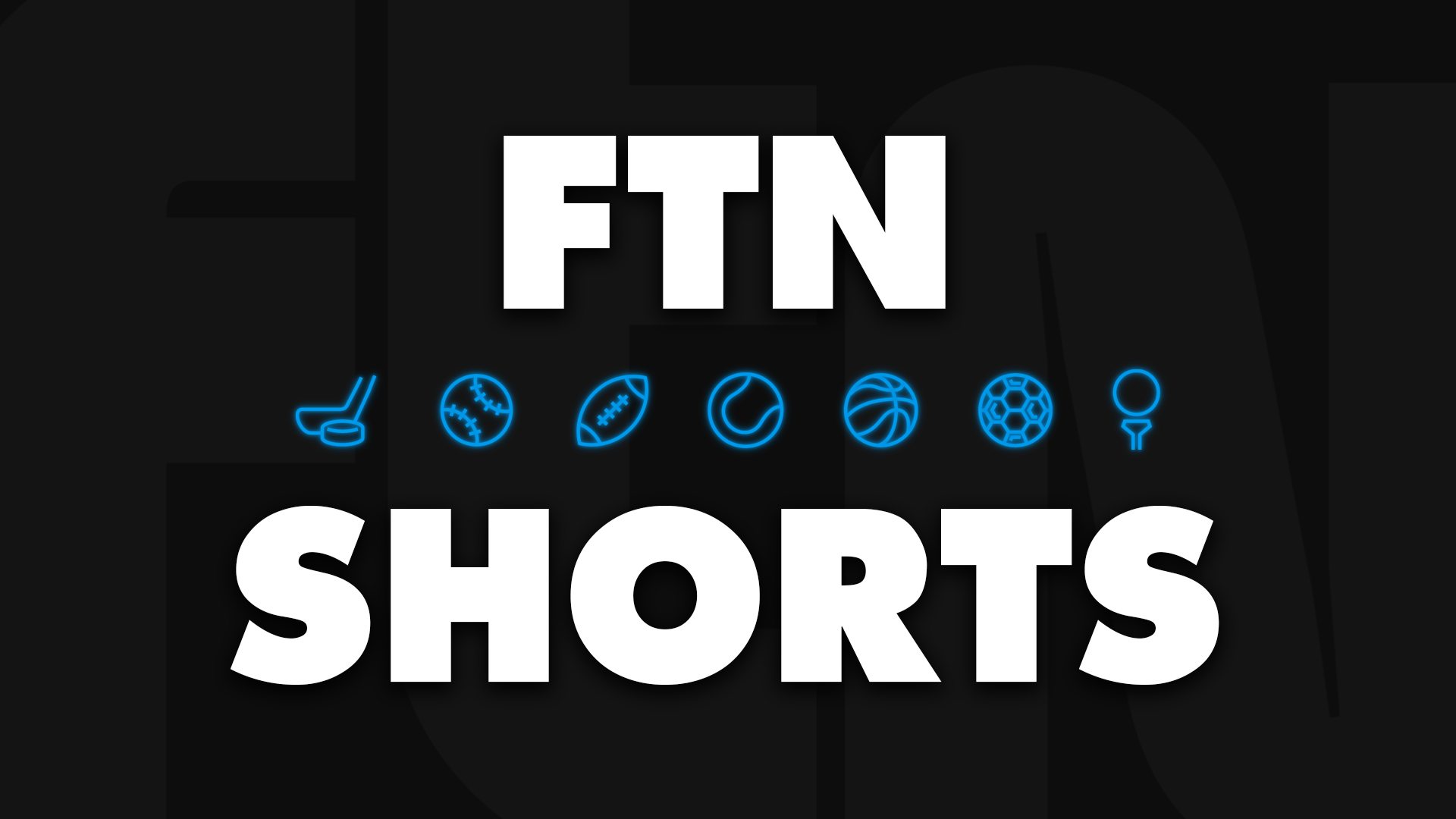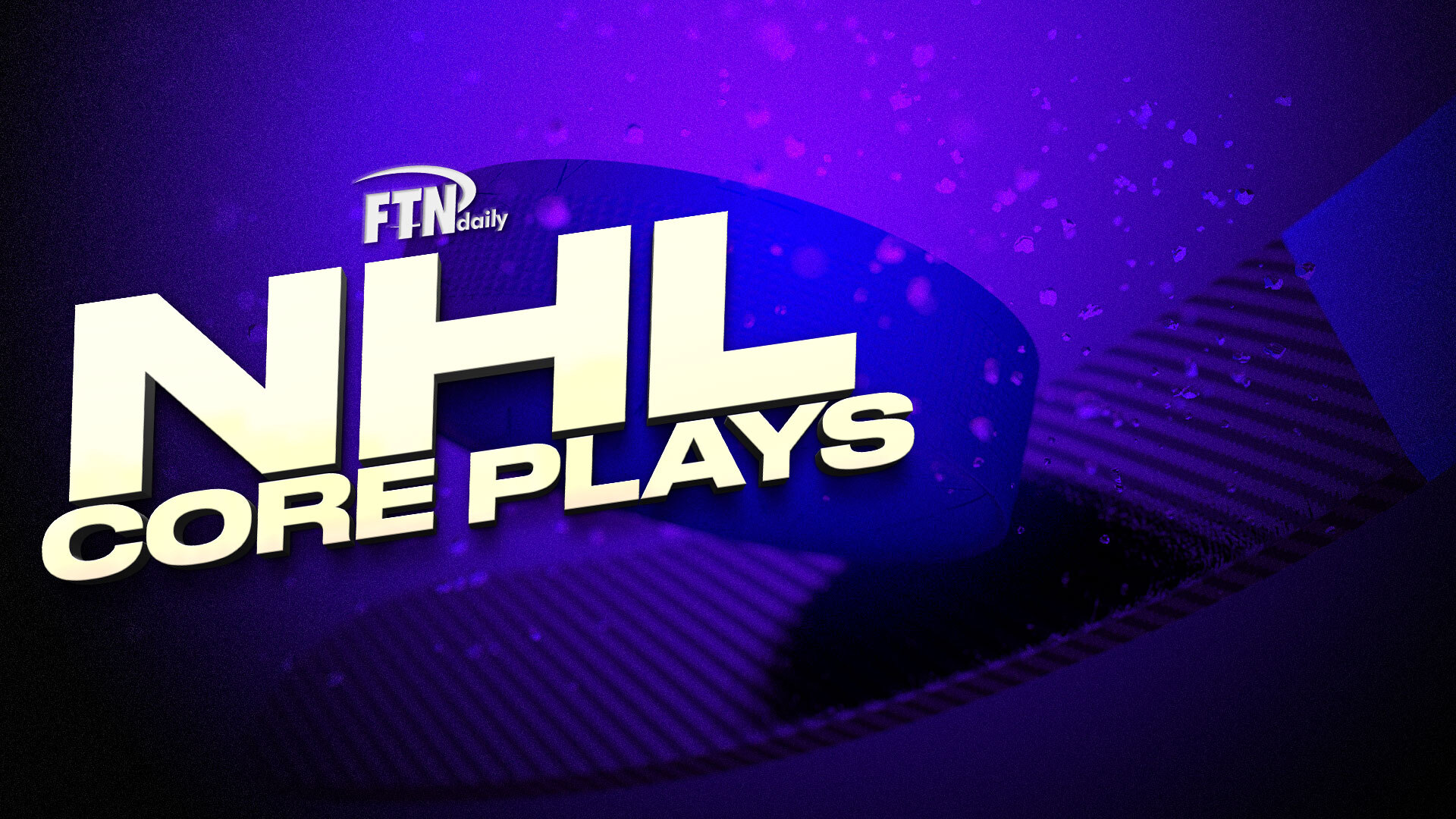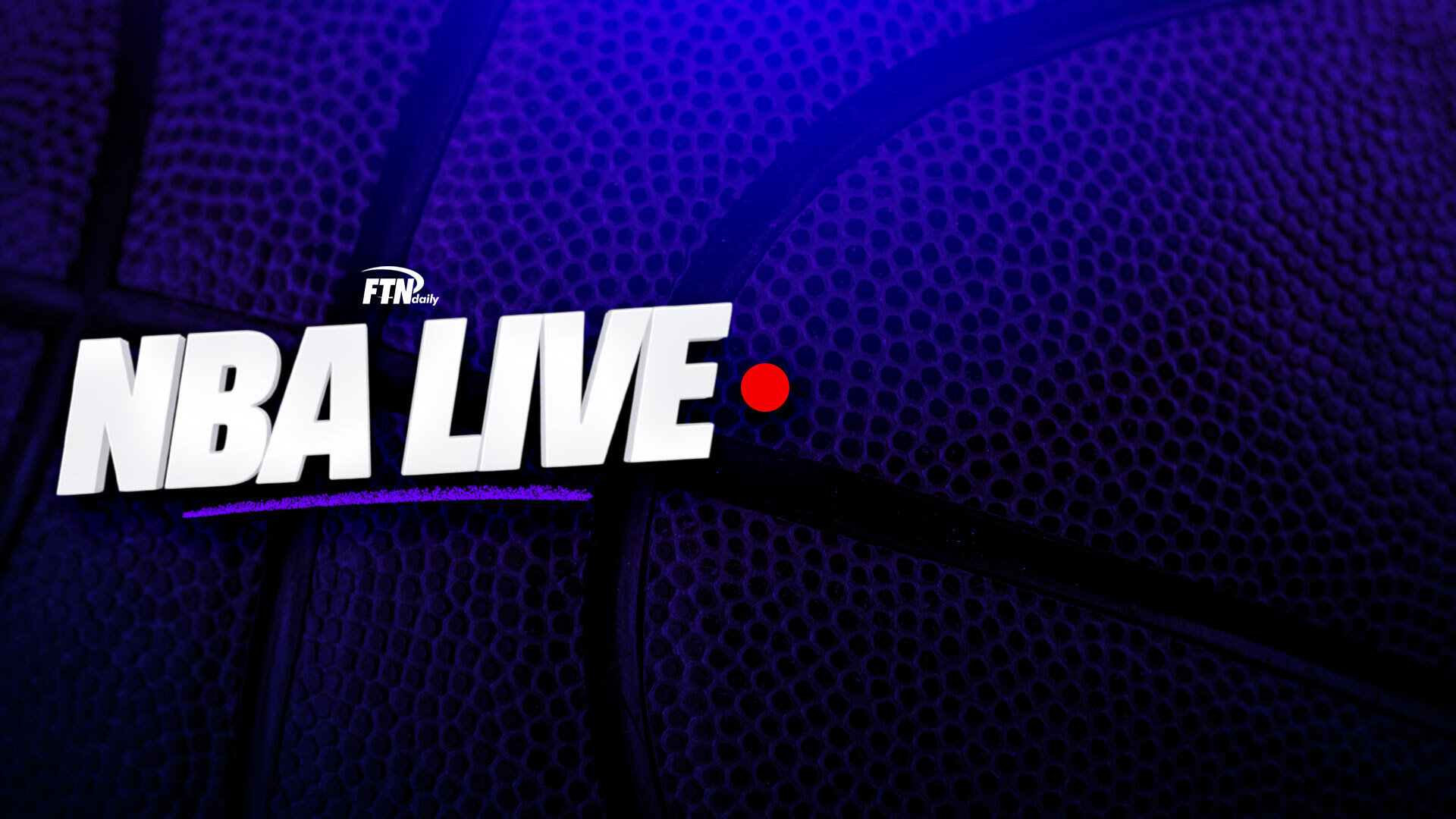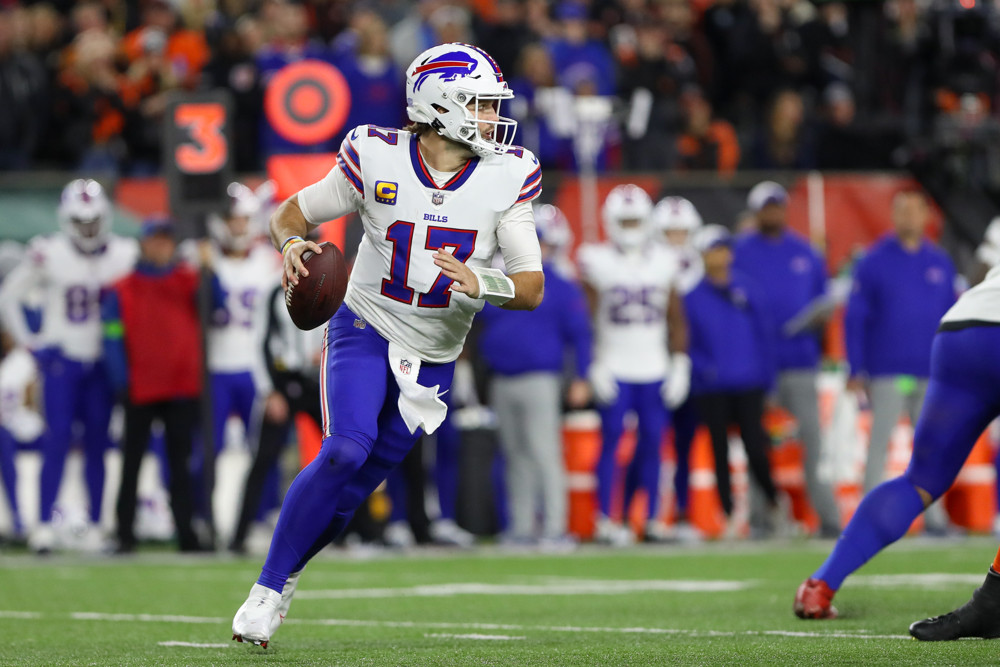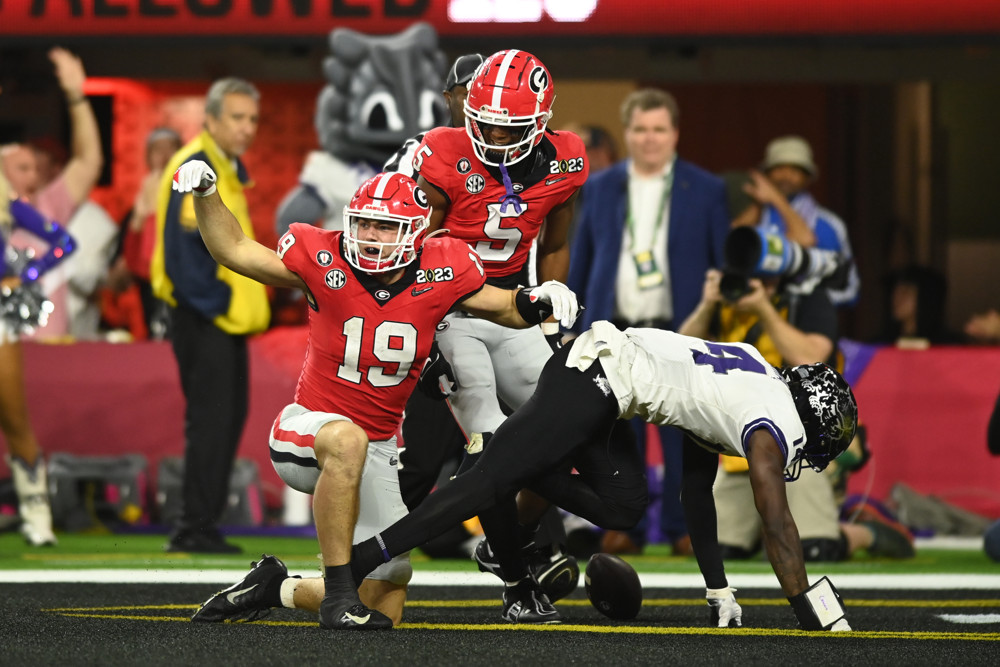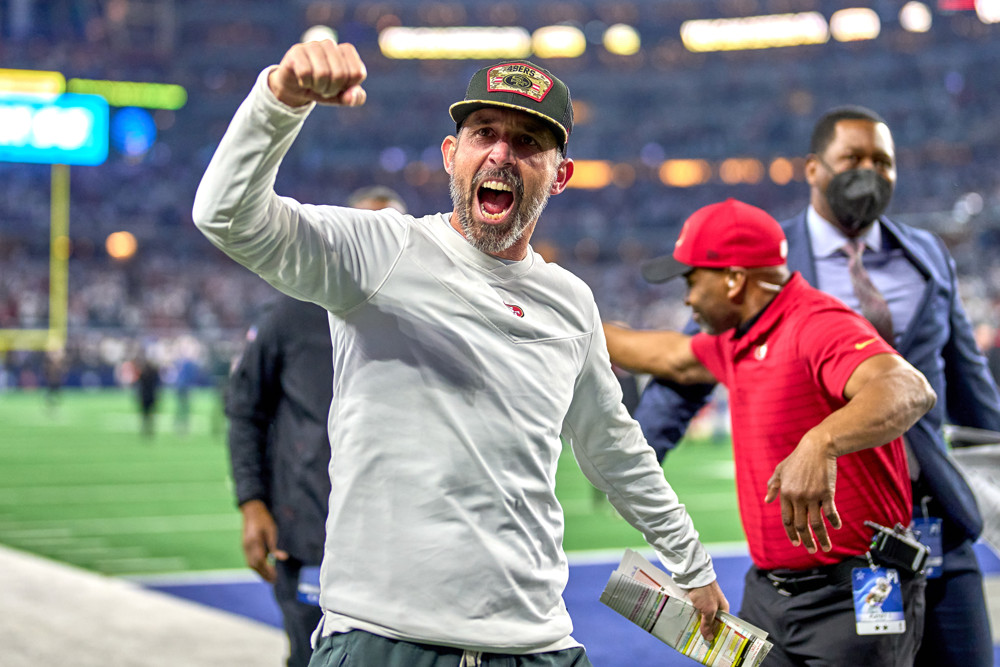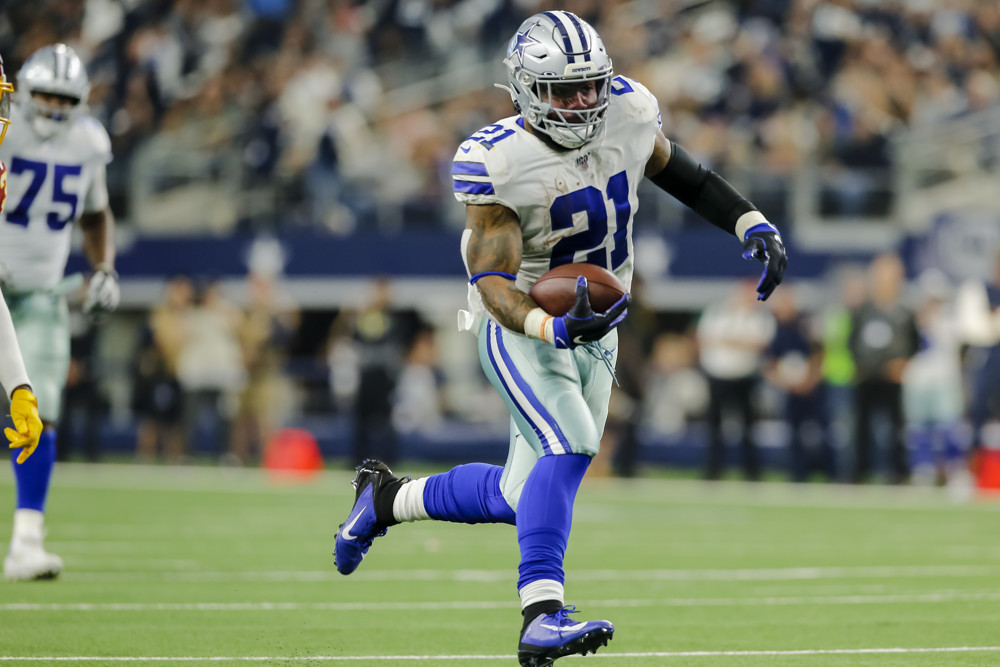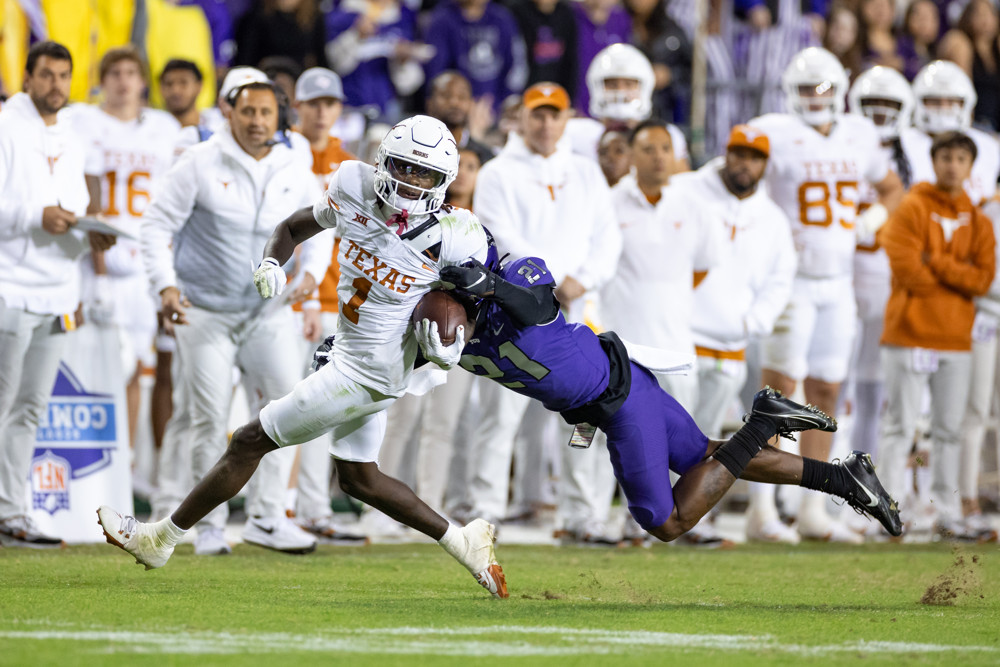
Dwight Schrute said it best: “Keep it simple, stupid.” That’s a mantra for fantasy football drafting. Instead of developing an overly elaborate plan for your drafts, making things as a simple as possible is other the path to success. On draft day, we don’t want to overthink. We want to react to what the board is giving us and make our opponents pay for their mistakes.
Of course, it’s easy advice to give, but very difficult to execute. You’ll need to get your prep work done beforehand. You don’t want to be the kid in school who shows up on the day of the exam having not studied. We all have that guy in our drafts. Don’t be that guy.
But it also helps to bring a checklist with you on draft day that helps you keep track of the goals you want to accomplish in your drafts. In-person drafts are long affairs, and you can sometimes lose track of your goals in the heat of the moment. So to help you out here, I took stock of my own fantasy football draft day checklist and broke it down to 10 items.

(Take advantage of the FTNFantasy Platinum package for the 2021 season!)
Fantasy Football Draft Day Checklist
Here is my checklist for fantasy football draft day, set to maximize your draft strategy. For my full draft plan, read here.
1. Draft for value in the first five rounds. Don’t lock into positions
One of the biggest mistakes I see drafters make is locking themselves into positions early in drafts. You probably know the drill. “In the first round, I’m going to take a running back. Then I’m going wideout in Round 2 and back to running back in the third.” Don’t get me wrong. I love that we’re creating a draft plan, but we’re focusing on the wrong details here.
This mindset is completely dedicated to what we’re doing with our picks, but it’s overlooking what our opponents are doing. Our opponents are going to make mistakes in fantasy football drafts. Typically, this means letting value slide down the board. Let’s say you’re up in the second round. You came in saying you’re drafting a wide receiver here, but your opponents have left a running back on the board who just shouldn’t be there. Are you going to pass up this value and stick to your plan? Heck no. Take the value and make them pay for their mistake.
Remember, this approach is really only for the early rounds. Once we get into the middle rounds, you’ll have to adjust based on your roster construction. But in the early rounds, don’t lock into positions for each round. It’s a mistake that the savvy opponents in your league will exploit.
2. Minimize risk in the first three rounds
In the early rounds of drafts, it’s also very important to minimize your risk. The first 3-5 rounds of your draft will form the core of your roster. That’s not to say that you can’t have success if you miss on these picks, but you’re really making things difficult for yourself. To be fair, it’s impossible to completely eliminate risk. Players are going to get hurt in football. That’s the nature of the game, but we can at least prioritize players who come with the least volatility in our first three picks.
(Check out Jeff Ratcliffe’s top 100 0.5 PPR rankings.)
3. Prioritize high-ceiling wide receivers and running backs in the middle and late rounds
Safe may work well in the early rounds, but safe doesn’t create championship-caliber rosters in the middle and late rounds. In this phase of your drafts, go after players with the highest possible ceilings at wide receiver and running back. If you end up going RB-heavy early in your draft, you’ll want to hammer upside wideouts in the middle rounds and vice versa if you loaded up on wideouts early. The key here is that we want to risk it for the biscuit. Safe picks in the middle rounds typically lead to rosters that safely finish in fourth place. If you want to take down your league, grip it and rip it in the middle rounds. Of course, you likely won’t hit on every pick in this range, but you’re going to miss 100% of the shots you don’t take.
4. Draft one top-10 fantasy football running back
With running back seemingly as thin as it’s ever been, it’s a good idea to anchor your roster with one top-10 option. Keep in mind that based on current ADP, that means you’ll like have to use your first-round pick on the position unless you pick early in the second round. But this goal very much links up to our goal of minimizing risk. By taking a top-10 back, you put yourself on solid footing at the position. Better yet, with value falling left and right at wide receiver, it will be easy to make up ground there later in your draft.
5. Draft four running backs before Round 10
Running back dries up very quickly in 2021 fantasy football drafts. Current ADP data says that at least 45 running backs will be off the board by the end of the ninth round. Even at that point, we’re already in handcuff territory with the likes of A.J. Dillon and Tony Pollard going in that range. And it only gets worse from there.

(Take advantage of the FTNFantasy Platinum package for the 2021 season!)
6. Get a top-8 tight end, but not a top-3 tight end
The temptation to draft an elite tight end is very real in the first two rounds of this year’s drafts. But do you really need Travis Kelce or Darren Waller to win your league? Sure, having the weekly advantage that they offer is a nice perk, but it’s often far more advantageous to have a lot of depth at running back and wide receiver. Unlike tight end, where you’re only required to start one player in regular leagues, you’re often starting upwards of three running backs and four wideouts in leagues with a flex. High-end depth is much more crucial at those positions. And the beauty to tight end is that you can often find high ceiling options in the middle and late rounds.
This year, the wheelhouse seems to be between Rounds 6-8. You’re going to have at least four and likely five tight ends drafted by this point, but you have loads of upside in Mark Andrews, Dallas Goedert and Logan Thomas. Sure, they aren’t as safe as Waller or Kelce, but there’s a lot more bang for your buck in the middle rounds.
7. Draft a high-ceiling option as your second tight end
Since you don’t have an elite option, you might as well swing for the fences with your second pick. In recent seasons we’ve seen late-round tight ends pay dividends. Last year, T.J. Hockenson put up a massive season after being a late-round option. This year’s late-round options include Adam Trautman, Irv Smith and Evan Engram.
8. Fade the top-8 fantasy quarterbacks unless you’re getting two rounds of value
You don’t need Patrick Mahomes or Josh Allen to win your leagues. Seriously. You’re going to have plenty of options at your disposal in the late rounds, and that’s even true if you’re in one of those home leagues that goes quarterback-crazy in the early rounds. Even those leagues, people eventually stop drafting quarterbacks and you’ll have your pick of the litter in the late rounds.
“But Jeff, you don’t get it, man. Quarterbacks score a lot of points in my league.” Sure, I bet they do. But that doesn’t change the fact that there are roughly 20 quarterbacks who can be in the mix as viable starting options heading into this season. Use that value to your advantage.
This same advice applies for 2QB and superflex leagues. Let your opponents draft quarterbacks in the two or three rounds while you scoop up premium receivers and running backs. But make sure you’re keeping track of how many quarterbacks are being drafted. Make your move on quarterback after 10 have been drafted with the goal of getting two quarterbacks in between rankings 10 and 20 on your board. Then grab your third as soon as 24 quarterbacks have been drafted.
8. If you don’t get value on a top-8 quarterback, draft one safe and one upside quarterback in the late rounds
It’s unlikely you’re going to find value on a top-eight quarterback in your home leagues, so this is where we go with the “safe and upside” approach. The goal here is simple: we draft one safe quarterback and one upside quarterback in the late rounds.
Drafting the safe option will give us a viable starter as we head into the season, and we can then swing for the fences with the upside option. If we miss on him, we at least have out safe option and we can potentially work the wire from there. This approach has worked wonders over the years and has recently yielded Lamar Jackson and Patrick Mahomes. This year’s safe options include Matt Ryan, Kirk Cousins and Baker Mayfield. For upside, we’re looking at Joe Burrow, Trevor Lawrence, Trey Lance, Justin Fields and Ryan Fitzpatrick.
9. Only draft a defense and/or kicker if you’re required by your league to do so
If you’re in a league that starts a defense and/or kicker, make sure you know if you’re required to draft them. Some leagues require you to do so, and that’s fine. Don’t worry about this goal. But if you aren’t required to, then don’t. Use those two picks to draft for upside at the skill positions. Sure, you’re ultimately going to have to cut two players in order to fill those starting defense and kicker spots, but you can use that extra time to your advantage with the two extra players you drafted. This move gives you more options at your disposal than anyone in your league who drafted a defense and a kicker.
Accomplish every item on the list and you’re going to be very happy with your roster. It’s important to not get lost in the shuffle during your draft, so keep your checklist close by and refer to it when you make each of your picks. Don’t forget that it isn’t about just your team in a draft. You’re playing against your opponents so make them pay for their mistakes. And above all, keep it simple, stupid.

(Take advantage of the FTNFantasy Platinum package for the 2021 season!)
More Jeff Ratcliffe fantasy football content:


